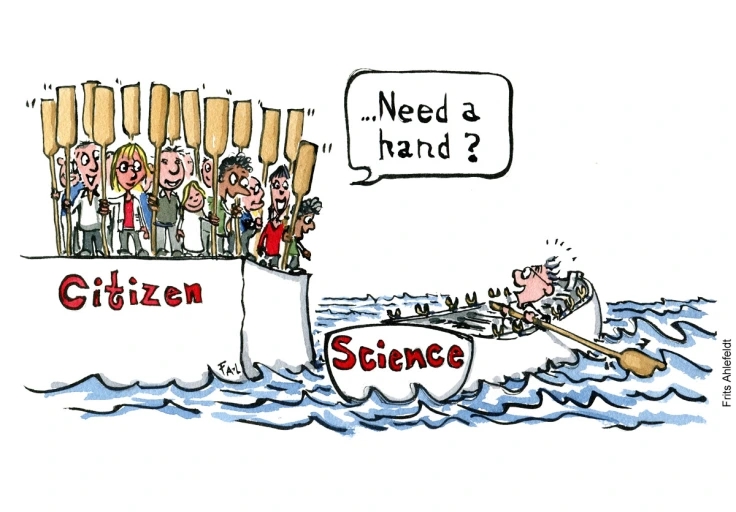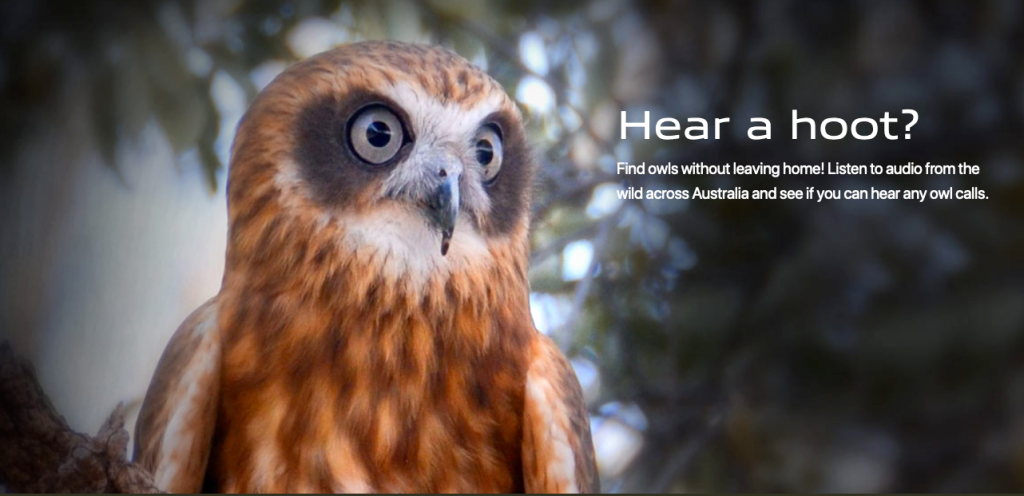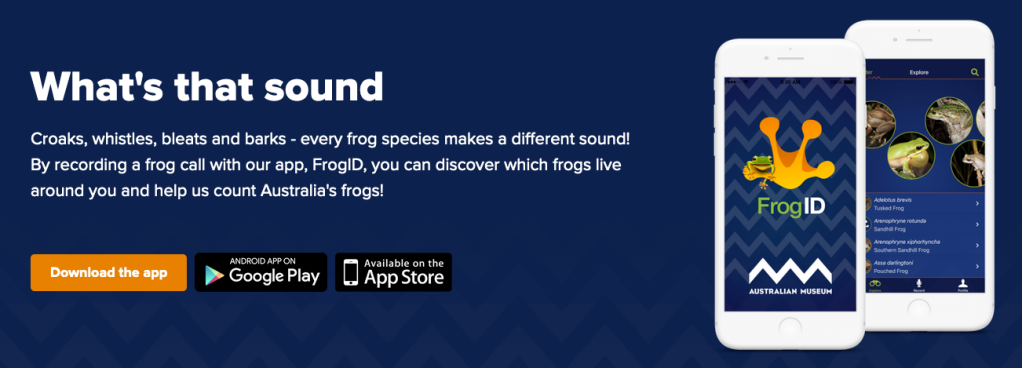Have you ever heard of Citizen Science? It’s when members of the general public – you, for example! – become part of the grand project of better understanding our world. While science is about learning and making discoveries and hopefully using them to make the world a better place, you can’t do science without data.
Collecting data can be about doing experiments and seeing what the results are. But for some projects, particularly the ones that aim to understand our environment, or the effects of climate change, or the habits and habitats of our native animals, collecting data is about making observations. Looking at things. Listening to things. Writing down what you notice.

Sometimes, we have a lot of data, but not enough people to look at it – perhaps we have a audio recorder set up in a particular area, listening for bird noises, but we need some more pairs of ears to listen to the recordings and mark where and when the noises are being made. Or perhaps there are camera traps set up to track wildlife in a particular area – but we need some more pairs of eyes to look at the photos and sort out the bandicoots from the housecats.
Sometimes, we don’t have the data yet, and we need some more pairs of hands to help us collect it. Perhaps we are tracking the movement of koalas, and need people to take photos of any koalas they see on their daily walks. Or maybe we want to look at water purity, and we need people to take photos of the rivers and seas and creeks near them, taking particular note of the colour of the water and what sorts of plants grow in it or beside it.
And sometimes, we have the data, but it’s old and fragile and in need of people to transcribe it or to photograph it and digitise it.
There are so many ways you can help real scientists make important discoveries, from your home or from you backyard or on your lockdown walks. To celebrate National Science Week, we thought we are sharing some of our favourites.
Do you have a good ear? Hoot Detective is looking for people who can listen to short sound clips recorded in different locations around Australia, and identify owl calls. You can hear calls from some of the owls here. Don’t worry too much if you aren’t confident in your owl call identification – each clip is then checked again by an expert, but you can help filter them to make the important ones easy to find!
Out for a walk near a stream or a pond? Put Frog ID on your phone, and record some frog calls! This project is about figuring out which species of frogs are living in different parts of Australia. It also helps provide data for conservation, to keep our frogs safe for years to come.
If you’re out in the evening, and see a really big, juicy-looking moth, you could be the answer to a Mountain Pygmy Possum’s prayers! These possums are critically endangered, and their principle food is Bogong moths. Moth Tracker is recording sightings of these moths – you can help by visiting the website and letting Zoos Victoria know where the tastiest moths can be found!
What birds are in your backyard? Birdlife Victoria has regular ‘Birds in Backyards’ surveys throughout the year, but is also interested to learn about the birds you see when you are out for a walk. (Hint: If you don’t know your Australian birds, you might want to start with the ‘What bird is that’ guide, so that you aren’t mixing up your herons with your honeyeaters.)
Do you prefer computer games to nature walks? You might want to give Phylo a try. This is a game where you compare genetic sequences from different species and help match them where they are similar. The puzzles you solve generate real data that is being used by scientists at McGill University to better understand genetic diseases. (If you are super keen on computer games, you might also like FoldIt, a game in which you try to find the most efficient ways to fold proteins. Some of the data from FoldIt was even used to work on COVID vaccines!)
This is a game for your phone where you get points for taking photos of as many different species as possible of plants, fungi, insects, birds, and animals when you are out walking. Think Pokemon Go, but with real flora and fauna. The photos you submit are examined by experts, who will identify the species and use your data to better understand biodiversity in your area.
This is another one you can do from home. Camera traps have been set up around Kangaroo Island to monitor wildlife in the wake of the bushfires in 2019-2020. Your mission, if you choose to accept it, is to identify what animals were ‘caught’ in the traps. (No actual animals were caught! A camera trap is when a camera is set up with a movement sensor, so that it will take photos whenever something new enters its field of vision).

Are you motivated to become a citizen scientist? There are lots more ways to get involved! Check out the following websites for ideas:
- Australian Citizen Scientist Project Finder
- The Australian BioBlitz Hub
- SWIFFT (State Wide Integrated Flora and Fauna Teams)
- CSIRO







And here’s another one which could be fun if you have a local waterway https://www.thegreataustralianplatypussearch.org/
LikeLiked by 2 people
Ooh, that’s a good one! Might have to check out my local creek.
LikeLiked by 1 person